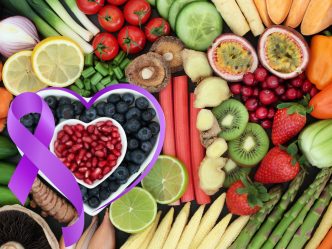We often hear the phrase, “Don’t fill up on empty calories,” but what does that actually mean? What are empty calories? And if they’re empty, how would they supposedly fill us up?
Ask any middle schooler what their favorite foods are and you’ll probably get a list that looks pretty similar to this one-
- Cakes
- Cookies
- Donuts
- Sodas & sports drinks
- Cheese
- Pizza
- Ice cream
- Fast food
And of course, we all know these foods aren’t good for our bodies, but why exactly?
Well, they’re full of empty calories.
The term “empty calories” is often quite misleading. We tend to assume “empty” means these calories are not filling our bodies, therefore, they can’t be too bad for us. When in reality, these foods are empty of nutritional value and slam packed with calories because they’re extremely high in solid fats and sugar. These calorie dense foods contain very high calories per small amount of food.
According to Andy Yurechko, a clinical dietitian at the Augusta University Digestive Health Center, “Empty calorie foods (usually) do not contain fiber, thus you can expect a higher rise in blood sugar levels. Also, whatever macronutrients our body does not need (carbs, fats, proteins) are then stored as fats.”
While empty calorie foods are enjoyable, we often overeat them which is why if you’re trying to lose or maintain your weight, you should probably avoid overindulging in the foods listed above.
Then what are “negative calories?”
When dieting, many people try out “negative calorie diets.”
The theory of a negative calorie diet suggests that you can eat any very low-calorie food without gaining any weight. According to this theory, chewing and digesting these “negative calorie foods” actually uses more calories than the food contains.
Unfortunately, negative calorie foods don’t actually exist.
“Any food provides calories, non-starchy vegetables contain the fewest. You can think of “negative calorie foods” as nutrient-dense food,” Yurechko explains.
There is good news. There are plenty of foods that contain very little calories and huge amounts of nutritional value.
Each of these foods (per ½ cup) contain less than 60 calories. Many of them, like celery, contain a great deal of water, therefore do not contain a large number of calories.
These fruits and vegetables are all extremely versatile and can be cooked in numerous different ways to mix things up a bit!





